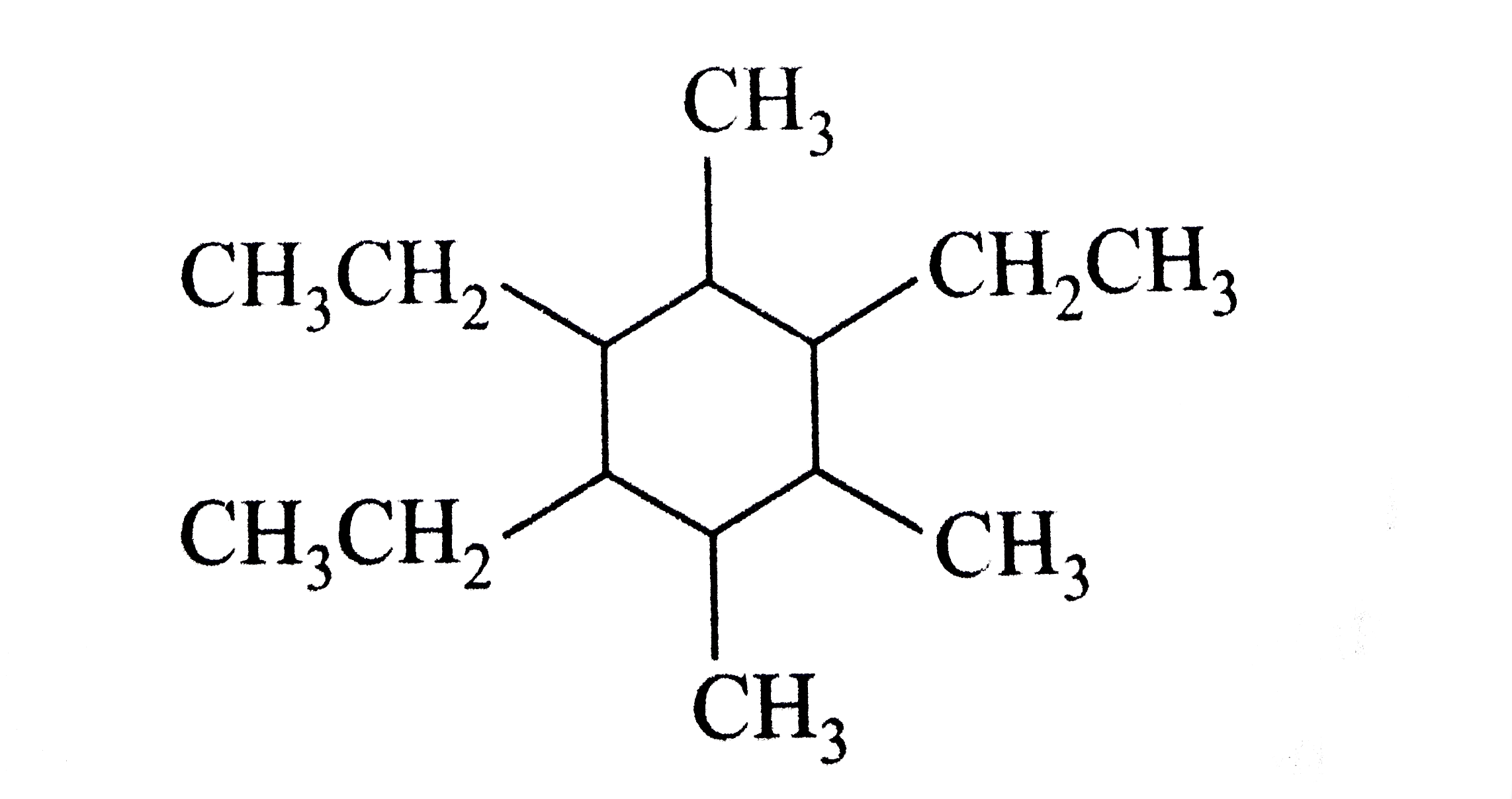What is systematics ?
Step-by-Step Solution:
1. Definition of Systematics: Systematics is a branch of science that focuses on the classification of organisms. It involves organizing living things into categories based on shared characteristics.
2. Classification of Organisms: This classification helps in the arrangement of organisms into groups, which can include species, genera, families, and higher taxonomic levels.
3. Nomenclature: Systematics also encompasses nomenclature, which is the system of naming organisms. A key aspect of this is binomial nomenclature, a two-word naming system developed by Carl Linnaeus, where the first word represents the genus and the second the species.
4. Evolutionary Relationships: Another important aspect of systematics is the study of evolutionary relationships among organisms. This involves understanding how different species are related through evolution and the historical connections between them.
5. Conclusion: In summary, systematics is essential for understanding biodiversity, organizing biological information, and studying the evolutionary history of life on Earth.
---
Topper's Solved these Questions
- The Living WorldBook:CBSE COMPLEMENTARY MATERIALChapter:The Living WorldExercise:Short Answer Question-I
Explore 3 Videos
- The Living WorldBook:CBSE COMPLEMENTARY MATERIALChapter:The Living WorldExercise:Short Answer Question-II
Explore 2 Videos
- RESPIRATION IN PLANTS Book:CBSE COMPLEMENTARY MATERIALChapter:RESPIRATION IN PLANTS Exercise:Short Answer Questions -II
Explore 2 Videos
- TRANSPORT IN PLANT Book:CBSE COMPLEMENTARY MATERIALChapter:TRANSPORT IN PLANT Exercise:Long Answer Questions
Explore 1 Video
Similar Questions
Knowledge Check
systematics is
Athe science based on characterization, identification, and nomenclature of organismBthe science which deals with diversity of organisms and their comparative and evolutionary relationship among themCderived from Greek word 'systema'Dthe science which is best on observable morphological characters.Systematics is
AIdentificationBNomenclatureCRelationships and classificationDAll the aboveAccording to IUPAC , what is the systematic name of the compound shown below?
 A2,5,6−triethyl01,3,4−trimethylcyclohexaneB1,2,5−triethyl−3,4,6−trimethyl cyclohexaneC1,3,4−triethyl−2,5,6−trimethyl cyclohexaneD1,2,4−triethyl−3,5,6−trimethyl cyclohexane
A2,5,6−triethyl01,3,4−trimethylcyclohexaneB1,2,5−triethyl−3,4,6−trimethyl cyclohexaneC1,3,4−triethyl−2,5,6−trimethyl cyclohexaneD1,2,4−triethyl−3,5,6−trimethyl cyclohexane
